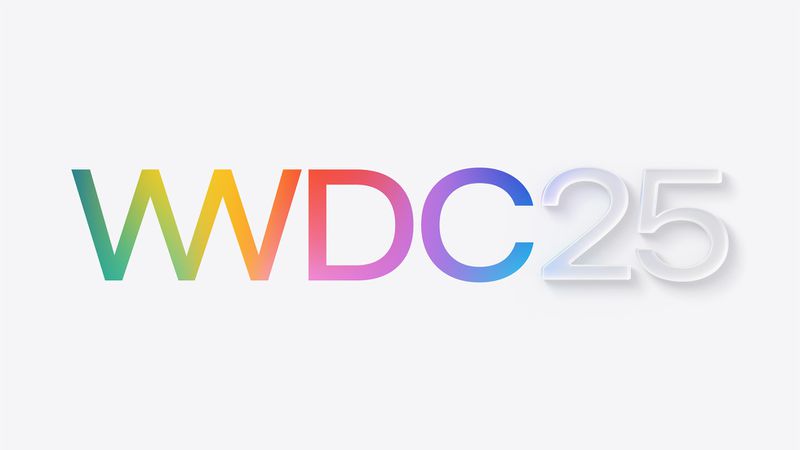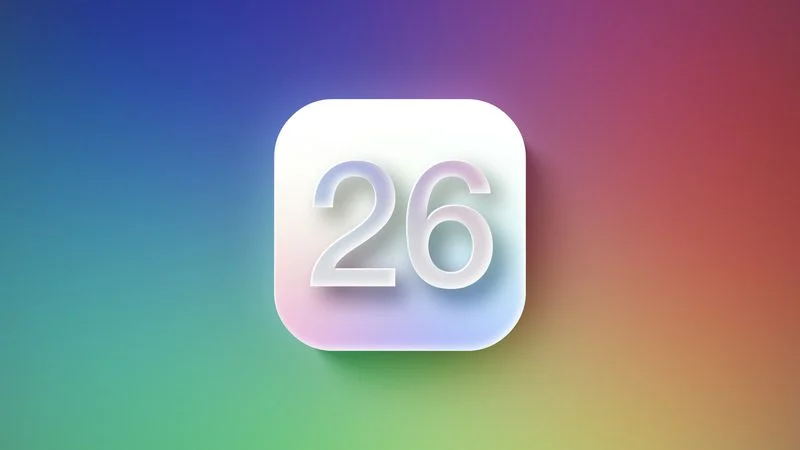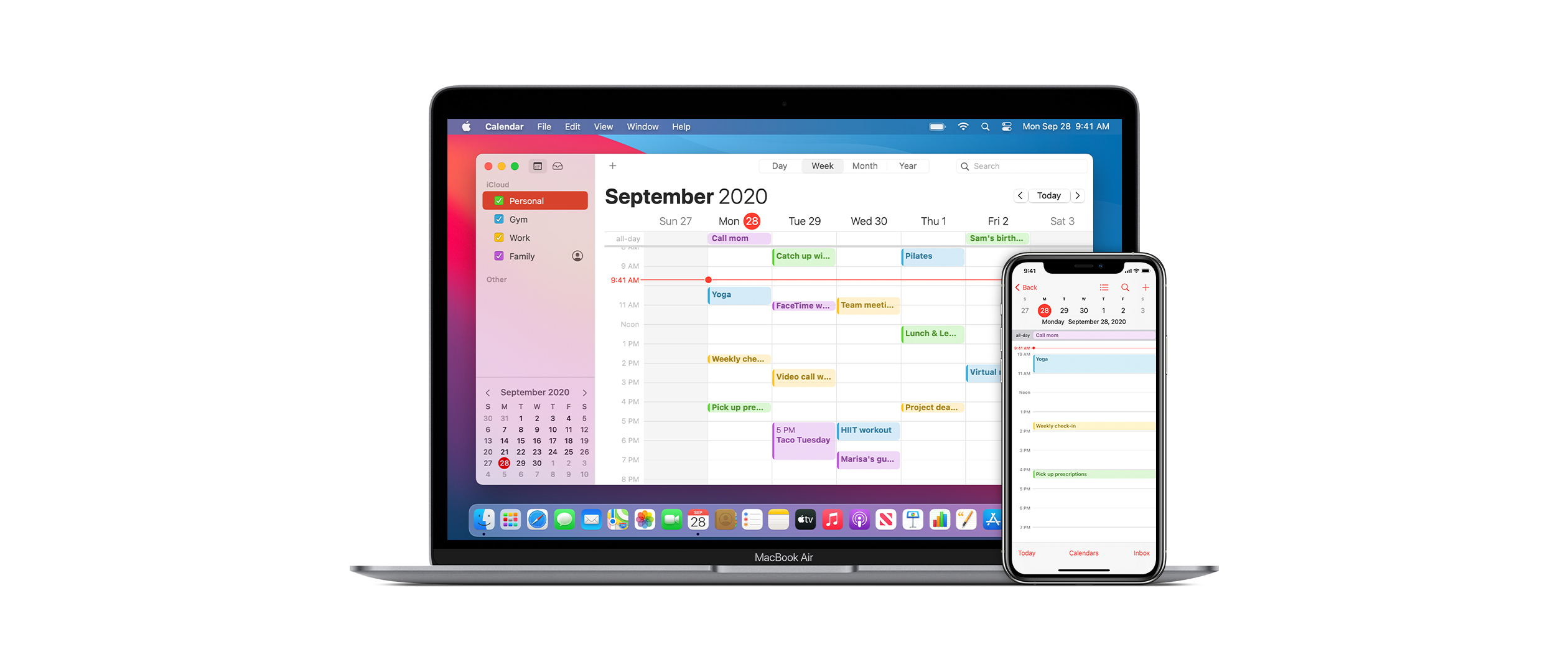For years, the dream of a truly bezel-less iPhone has captivated designers and consumers alike. The vision: a sleek, uninterrupted expanse of glass, a seamless canvas for digital experiences. While the notch and, more recently, the Dynamic Island have served as necessary compromises, Apple’s pursuit of this “single slab of glass” aesthetic continues. A key component of this ambition lies in embedding the TrueDepth camera system, most notably Face ID, beneath the display. Recent developments suggest Apple may be closer than ever to achieving this technological feat.
The challenge, however, has always been the intricate nature of the Face ID system itself. Unlike a standard camera, Face ID relies on infrared light to map the user’s face in three dimensions. This infrared light struggles to penetrate the dense layers of a typical display, significantly hindering the accuracy and speed of facial recognition. Previous attempts to bypass this issue, such as selectively deactivating pixels, proved inadequate. But a newly granted patent reveals a more elegant and promising solution: manipulating the very structure of the display at a subpixel level.
Understanding the intricacies of this approach requires a brief dive into display technology. Each pixel on a screen is composed of three subpixels: red, green, and blue. By varying the intensity of these subpixels, a pixel can display a vast spectrum of colors. Apple’s patent proposes selectively removing some of these subpixels in the area designated for the Face ID sensors. This creates tiny, almost imperceptible gaps that allow infrared light to pass through more freely.
The brilliance of this method lies in its subtlety. Apple proposes only removing a subpixel when it’s directly adjacent to a neighboring pixel with the same color emitter. In essence, the neighboring subpixel “fills in” for the missing one, ensuring that the change is virtually invisible to the naked eye. This ingenious “borrowing” technique maintains color accuracy and image quality while creating the necessary pathways for infrared light.
Beyond simply removing subpixels, Apple’s patent also suggests streamlining the underlying wiring. Each subpixel has its own set of control lines, and by eliminating the subpixel, the associated wiring can also be removed. This further increases the clear area available for infrared transmission, minimizing interference and maximizing signal strength. This careful optimization extends to the touch-sensitive layer of the display as well. Tiny, subpixel-sized perforations could be introduced in the same areas to further enhance infrared transmission without compromising touch responsiveness.
The question on everyone’s mind is, when will this technology finally make its debut? Speculation has surrounded previous iPhone releases, with predictions for the iPhone 15 and 16 ultimately falling short. Now, attention has turned to the iPhone 17. Several factors fuel this renewed optimism. Recent reports suggest that Apple is planning a significant reduction in the size of the Dynamic Island, a move that would align perfectly with embedding Face ID beneath the display. This would be the most logical way to achieve such a reduction.
Furthermore, rumors surrounding a potential “Air” model within the iPhone 17 lineup have added another layer of intrigue. This model was initially rumored to be the most premium in the lineup, potentially showcasing cutting-edge technologies like under-display Face ID. While subsequent information has cast some doubt on the pricing strategy, the possibility of the “Air” model pioneering this technology remains.
While nothing is certain until Apple officially unveils its next generation of iPhones, the patented technology and the surrounding rumors paint a compelling picture. The dream of a truly seamless iPhone, with no visible interruptions on its display, seems closer than ever. Apple’s innovative approach to subpixel manipulation offers a promising path towards realizing this vision, potentially ushering in a new era of smartphone design. The journey towards the “single slab of glass” continues, and the iPhone 17 could very well be the next major milestone.






